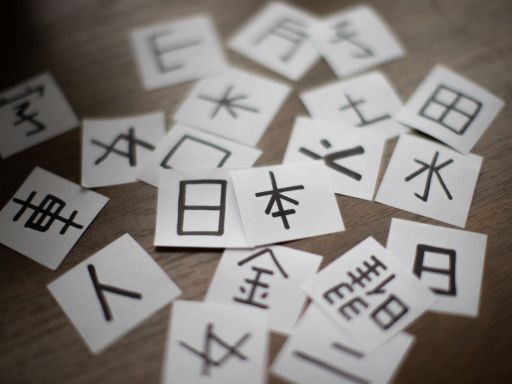The Evolution of Japanese Writing

The Japanese writing system is a fascinating and intricate tapestry that weaves together a rich history of linguistic and cultural influences. From its ancient origins to the complex characters of today, the development of the Japanese writing system reflects the country’s dynamic relationship with both native and foreign languages.
Early Influences: Kanji's Beginnings
The earliest recorded form of writing in Japan can be traced back to the 5th century when Japan encountered Chinese culture through trade and diplomatic interactions. This encounter led to the introduction of Chinese characters, known as “kanji,” to Japan. Initially, kanji were used primarily for official documents and religious texts, with each character representing both meaning and sound. Over time, the Japanese adapted kanji to suit their linguistic needs, resulting in the development of “wago” (native Japanese words) and “kango” (Sino-Japanese words).
The Emergence of Kana Scripts
While kanji served as a valuable tool for conveying complex ideas, the intricacy of these characters posed challenges for everyday communication. To address this issue, the Japanese developed two distinct syllabaries: hiragana and katakana. These scripts, collectively known as “kana,” emerged in the 9th century as simplified representations of sounds.
Hiragana was primarily used by women for personal communication, literature, and informal writing, while katakana found its place in religious texts and foreign loanwords. The adoption of kana scripts democratized literacy, allowing a wider range of people to engage with written language.
Innovation and Standardization
Throughout Japan’s history, the writing system continued to evolve. In the 8th century, the “Manyoshu,” an anthology of poems, showcased a diverse mix of kanji, hiragana, and even variations of Chinese characters used for phonetic purposes. By the 10th century, calligraphers like Ono no Michikaze advocated for standardization and clarity in writing, leading to the establishment of norms for the balance between kanji and kana.
The Influence of Printing and Modernization
The invention of the printing press in the 17th century further influenced the Japanese writing system. Printing technologies allowed for the dissemination of written materials, contributing to the spread of literacy and the standardization of writing conventions.
During the Meiji Restoration in the 19th century, Japan underwent a period of modernization and westernization. The government initiated language reforms to make education more accessible and to align the writing system with global standards. The result was a push for simplified kanji characters and the widespread adoption of Western-style punctuation and grammar.
Contemporary Japanese Writing System
Today, the Japanese writing system is a harmonious blend of kanji, hiragana, and katakana. Kanji continues to be essential for conveying intricate meanings, while kana scripts serve as phonetic aids and markers of grammatical structures. The introduction of Roman characters, known as “romaji,” has also simplified communication for foreign learners and international contexts.
Conclusion
The journey of the Japanese writing system from ancient kanji characters to contemporary scripts is a testament to the adaptability of language and the cultural exchange that shapes it. The combination of kanji, hiragana, katakana, and romaji creates a unique linguistic landscape that reflects Japan’s history, creativity, and innovation. As the Japanese people continue to communicate, create, and evolve, the writing system remains a bridge between tradition and modernity, language and culture.
Copyright © 2024 Little Book of Japan
